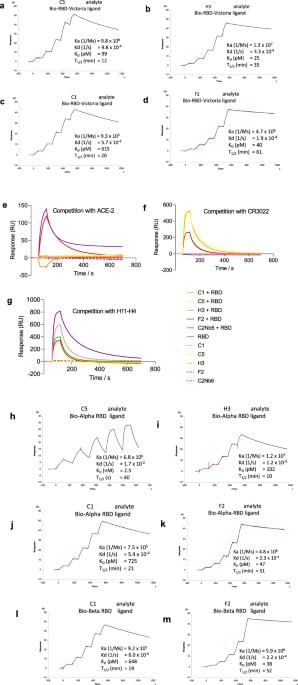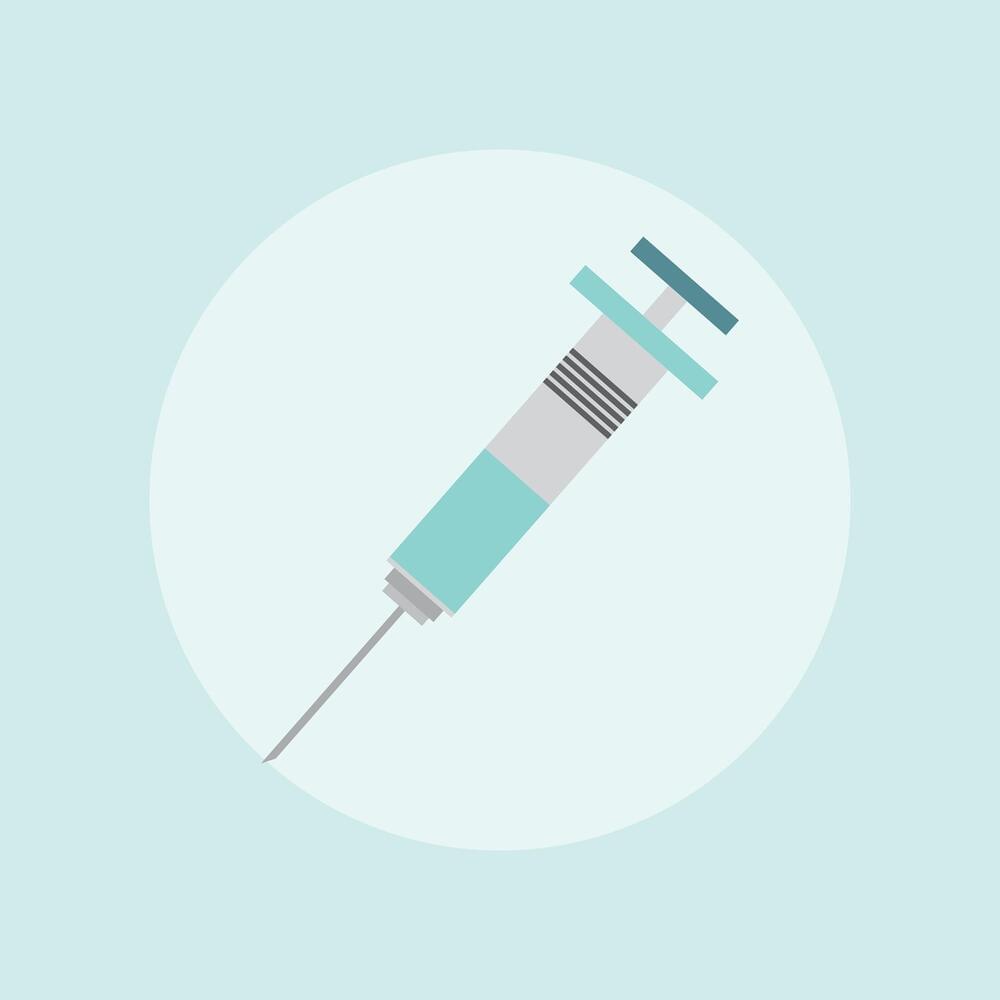Re-Imagining Health and Wellbeing — Lisa Esch & Dr. Michael Petersen, M.D., NTT.
The Nippon Telegraph and Telephone Corporation (https://hello.global.ntt/en-us/), commonly known as NTT, is a Japanese telecommunications company headquartered in Tokyo, Japan.
NTT DATA Services (https://www.nttdata.com/global/en), is a global digital business and IT services leader focused on a range of business services, including cloud, data and applications, and which has recently embarked on an ambitious new initiative, as part of their goal “To Change The Future For Good”, towards Re-Imagining Health and Well-Being, towards what NTT defines as a more human-empowered, knowledge-driven and technology-enabled approach (https://www.global.ntt/healthandwellbeing/).
Lisa Esch is Senior Vice President-Healthcare Provider, Digital Health, Innovation, & Industry Offerings, at NTT DATA Services, where she oversees solutions and offering development, as well as their Go-To-Market strategy within the vertical and serves as the subject matter expert in the client engagements.
Lisa has an extensive background in disruptive technologies, healthcare innovation, strategic planning, and business process improvement.







